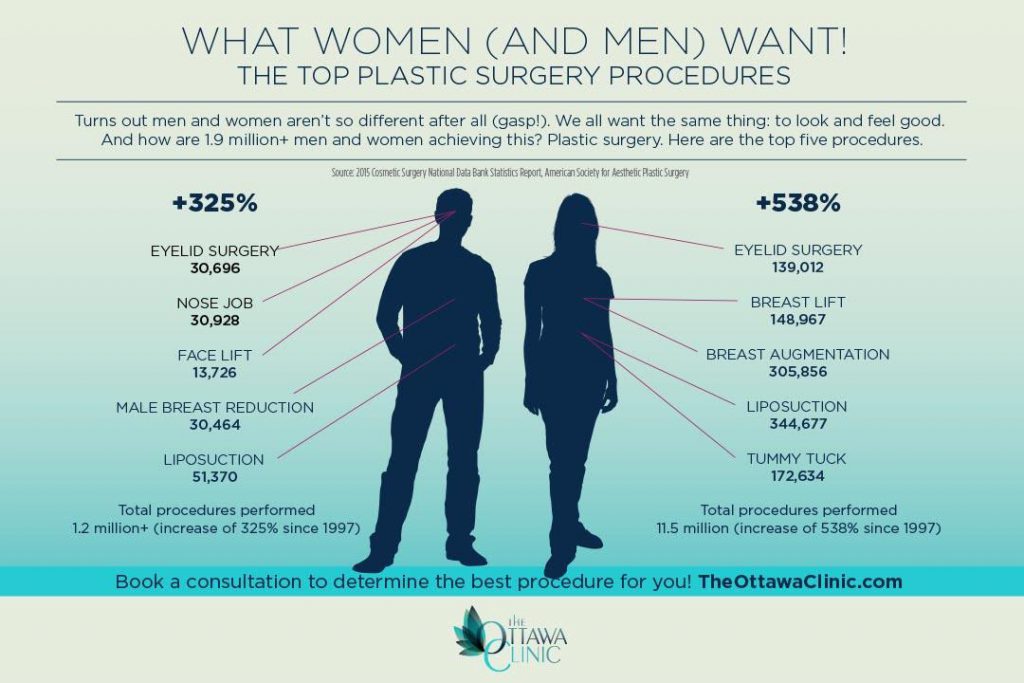Hormone Acne - What is Hormone Acne?
Hormone acne is defined by stopped up pores and oily skin that normally appears on the chin and jawline. It occurs when hormonal adjustments activate inflammation and bacterial overgrowth within hair roots.
Outbreaks might look like whiteheads, blackheads, papules or pustules and cysts or nodules in much more serious situations. It is a lot more usual in teenagers experiencing puberty but can influence grownups of any kind of age.
What Creates Hormone Acne?
While acne can be caused by a variety of factors, including using hair and skin care products that aren't oil-free or made with ingredients that might block pores, genetic predisposition, diet plan,2 and tension, the source is changing hormones. Hormonal acne happens when the body experiences hormonal modifications and changes that result in an overproduction of sebum, which triggers inflammation, enhanced growth of bacteria and changes in skin cell activity.
Hormonal acne is often found on the lower jawline, cheeks and neck yet can show up anywhere on the body. It is identified by imperfections that are cystic, painful and filled with pus or various other product. It is additionally more probable to take place in ladies than guys, particularly during puberty, the menstrual cycle, maternity or menopause.
Age
While several children experience acne at some time throughout adolescence, it can remain to pester adults well into adulthood. Called hormone acne, this kind of outbreak is connected to fluctuations in hormones and is typically most usual in females.
Hormone acne happens when oil glands produce too much sebum, which clogs pores and catches dead skin cells. This causes the formation of blemishes, such as whiteheads, blackheads and papules, pustules, cysts or nodules, deep under the surface area.
This sort of acne typically triggers pain, soreness and swelling. It might also be cyclical and show up around the exact same time each month, such as right prior to your duration starts. This is because degrees of women hormones like progesterone and oestrogen fluctuate with each menstruation.
Menstruation
Hormonal acne typically shows up in the reduced part of your face, along the jawline and cheeks, as whiteheads, blackheads or inflammatory pimples (acnes and cysts). It's more than likely to appear around the time when your menstruation modifications.
Especially around ovulation, when estrogen and progesterone degrees get on the increase, hormonal agent variations can trigger breakouts. But it's additionally possible to get acne at any kind of point during your 28-day menstruation.
If you discover that your hormonal acne flare right before your period, attempt noticing when specifically this occurs and see if it relates to the stages of your 28-day menstrual cycle. This will assist you pinpoint the origin of your skin difficulties. For example, you might wish to work on stabilizing your blood glucose and cutting out high-sugar foods, or take into consideration a prescription medicine like spironolactone that can manage your hormones.
Pregnancy
Expanding a baby is a time of significant hormone changes. For lots of ladies, this consists of a flare-up of hormonal acne. This type of outbreak generally starts in the very first trimester, around week 6. It's triggered by hormone surges that boost sebaceous glands to make even more oil, which can block pores and cause even more bacteria to develop.
Breakouts may additionally happen as a result of pre-existing problems like polycystic ovary syndrome, which can additionally be a problem while pregnant and menopause. Likewise, some types of contraceptive pill (such as Ortho Tri-Cyclen and YAZ) can trigger hormone acne in some women.
The good news is, many acne therapies are "no-go" for expecting females (including preferred acne-fighting ingredients such as isotretinoin and spironolactone). However if you can't prevent those annoying bumps, your physician may recommend dental erythromycin or cephalexin, which are risk-free while pregnant.
Menopause
As women come close to menopause, the estrogen levels that triggered their hormone acne to flare up throughout puberty start to stabilize and reduce. At the same time, nonetheless, a spike in androgens (likewise called male hormones) happens due to the fact that these hormones can't be exchanged estrogen as effectively as previously.
The unwanted of androgens can trigger oil production by the sweat glands, which clogs pores. When the blocked pores come to be inflamed and inflamed, an acne forms.
Hormone acne is commonly seen on the face, particularly around the chin and jawline, yet it can occur on the neck, back, shoulders, or chest. This kind of acne tends to flare in an intermittent pattern, similar to the menstrual cycle. Anxiety, which raises cortisol and throws hormones out of equilibrium, also contributes to check here the breakouts.

Comments on “Choosing Safe Acne Treatments During Pregnancy”